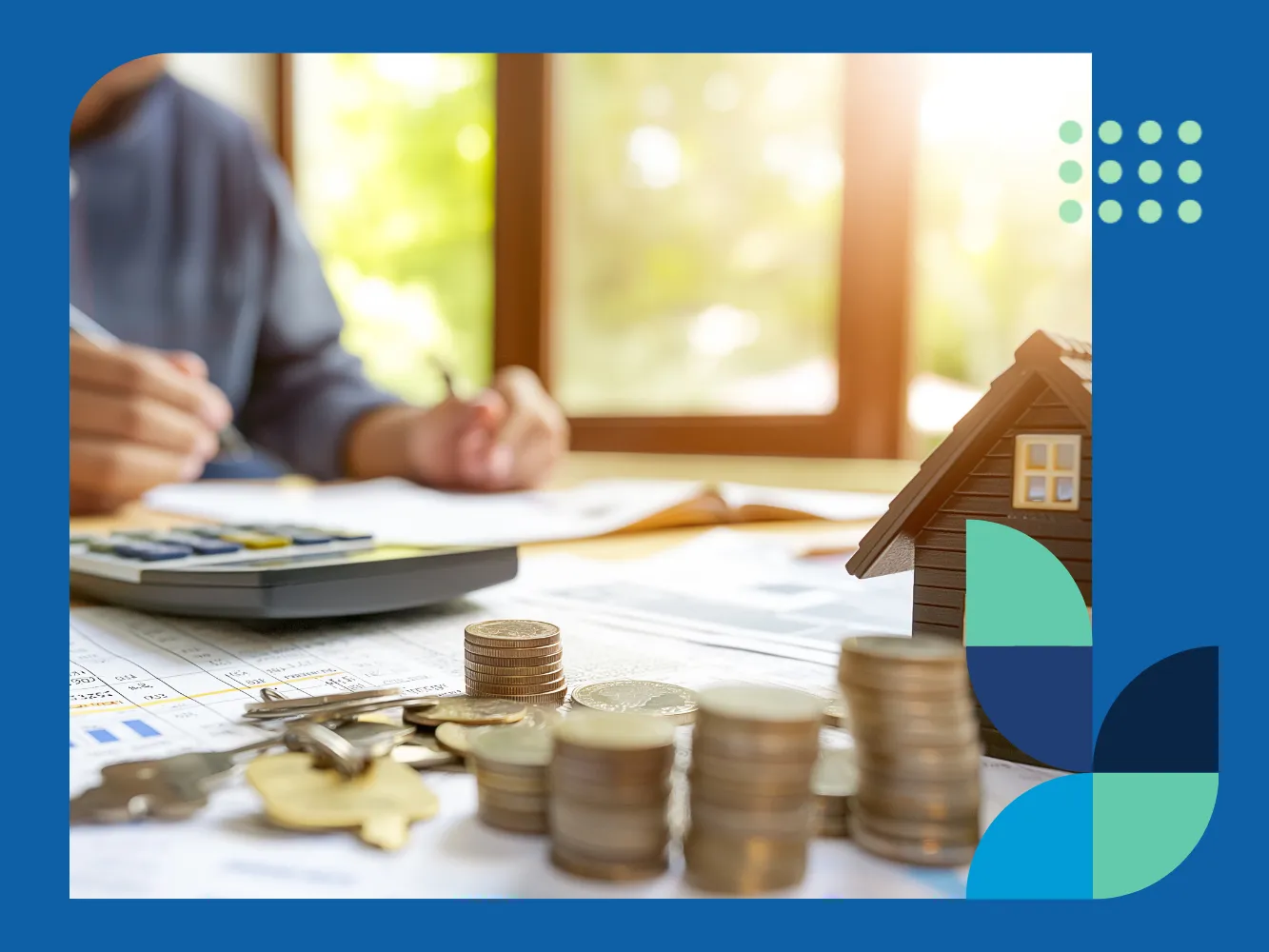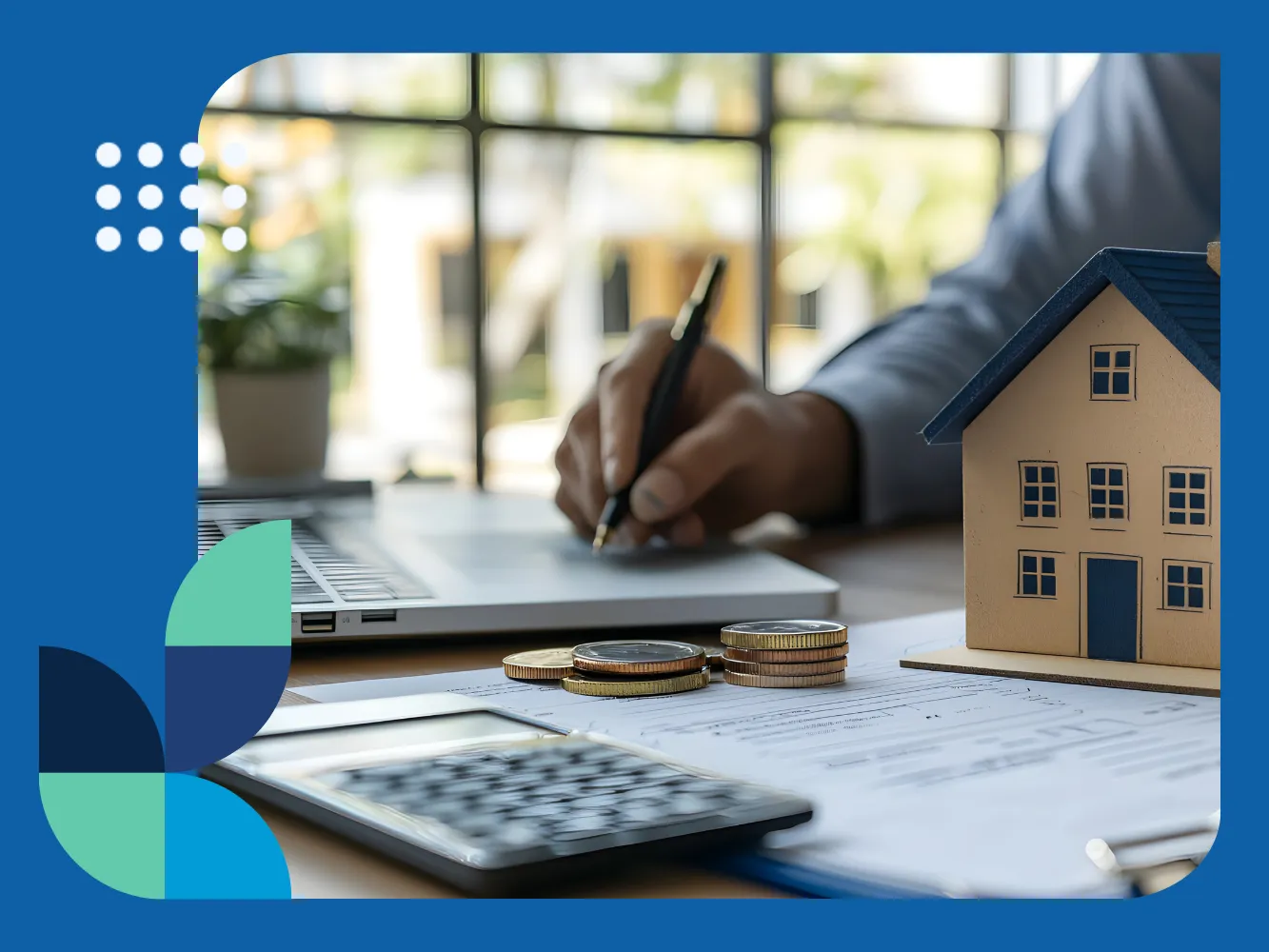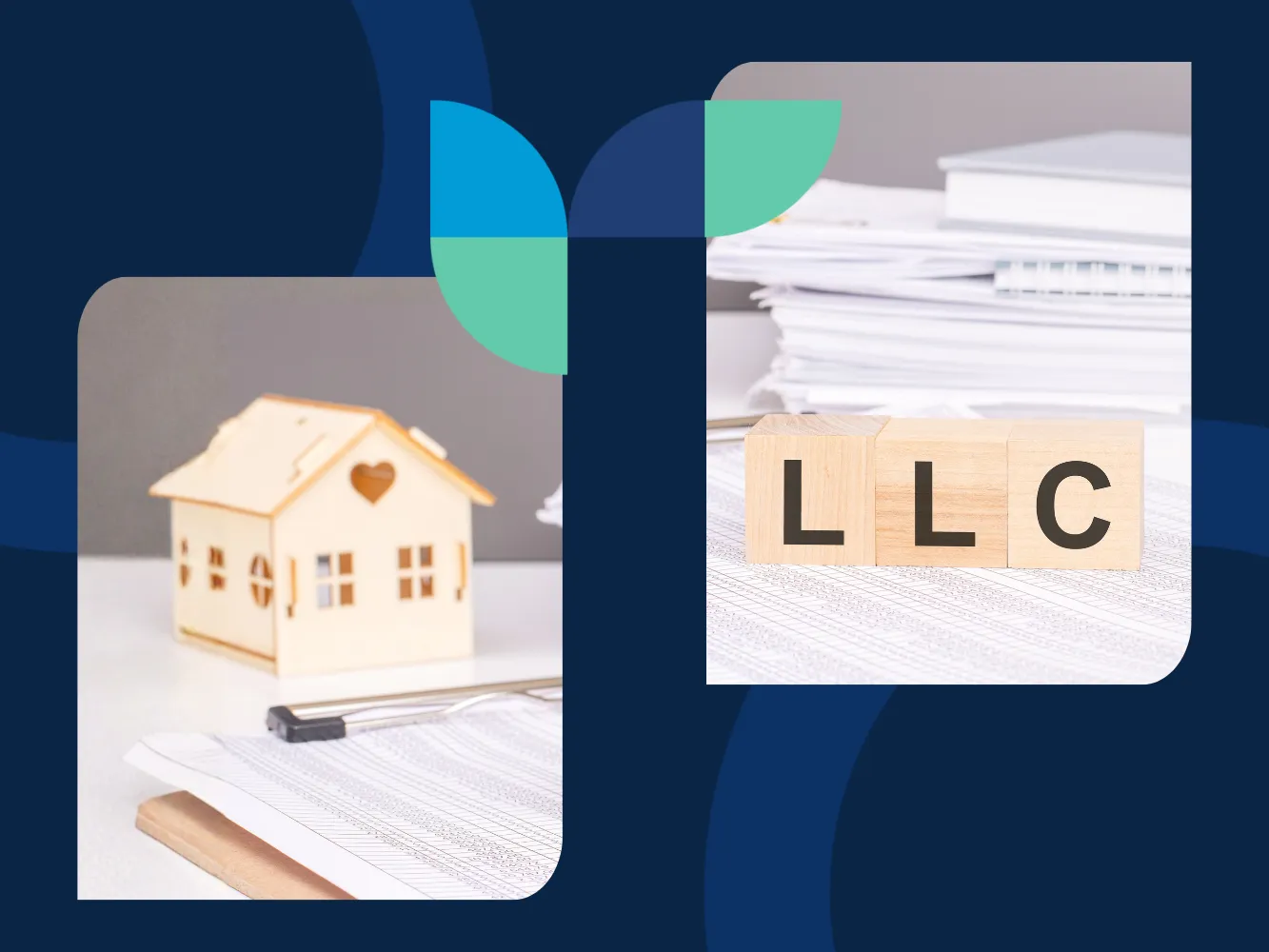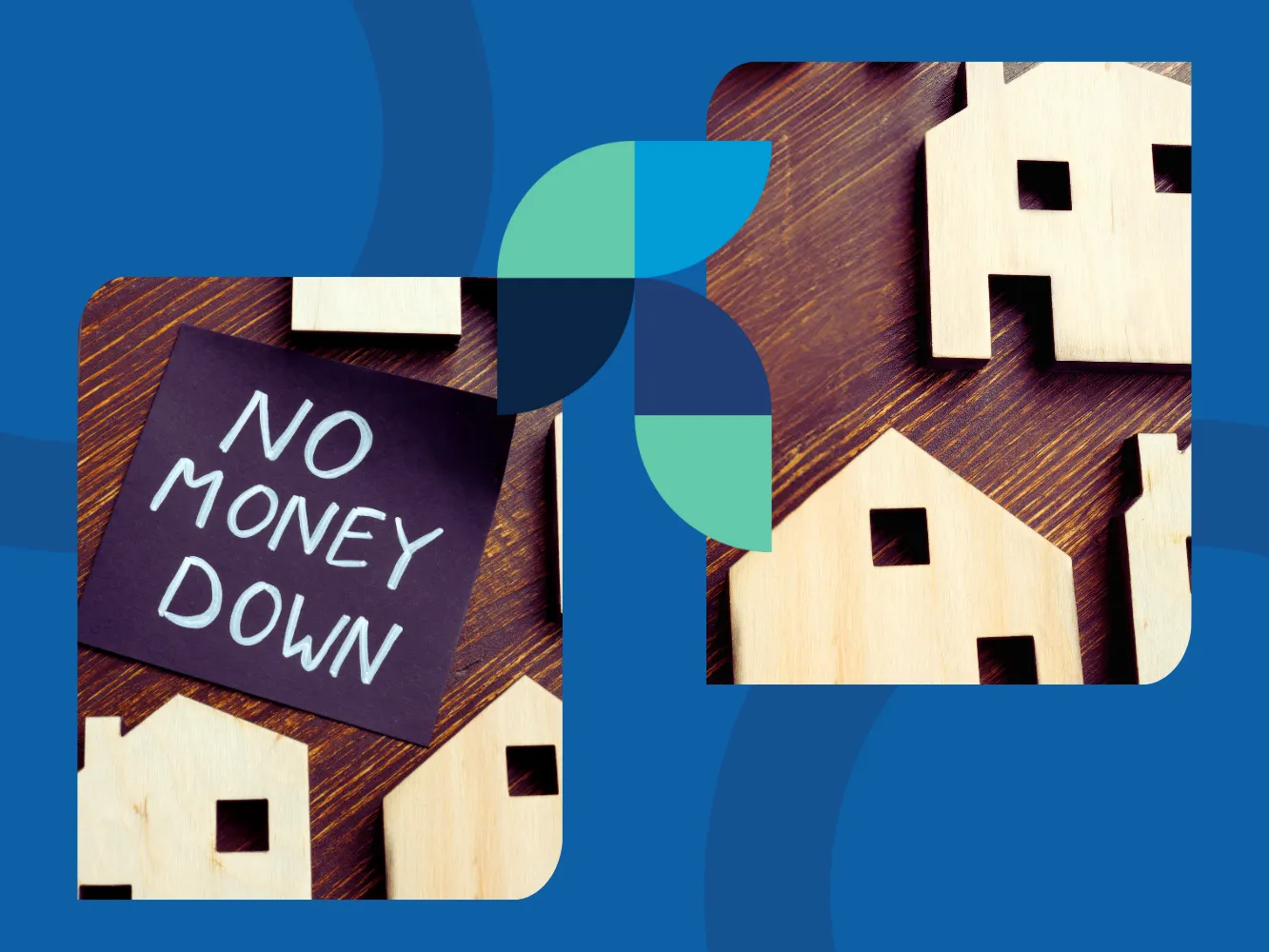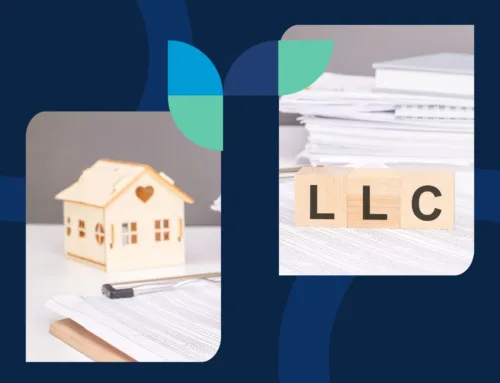Many rental properties look profitable—until the hidden costs show up.
Mortgage payments might feel like the biggest bite, but they’re only part of the picture. The real challenge is managing everything else: repairs, vacancies, taxes, and the steady stream of smaller costs that slowly erode your return.
Whether you’re just entering the market or expanding your portfolio, understanding rental property expenses gives you a competitive edge. It helps you plan more accurately, avoid surprises, and build a business that cash flows.
This guide walks you through every major expense category, from up-front costs to long-term capital planning, so that you can make decisions like a pro.
What Should You Expect to Spend Before Your First Resident Moves In?
Expect to spend 5–10% of the property price on top of your down payment for inspections, minor upgrades, and resident-ready prep. These costs are unavoidable and front-loaded.
Purchase-Related Costs
Your down payment is just the beginning. You’ll also face:
- Loan origination fees (0.5–1% of loan amount)
- Title, escrow, and closing costs (2–5% of property price)
- Inspection and appraisal fees (paid upfront but essential)
Repairs and Upgrades
Even “move-in ready” homes often need:
- Cosmetic fixes (paint, lighting, flooring)
- Functional updates (plumbing, appliances, HVAC)
Plan on setting aside 5–10% of the property value to cover these early improvements.
Leasing and Marketing
Attracting a quality resident isn’t free. Expect to invest in:
- Professional photos and listings
- Leasing agent commissions
- Application processing tools or background checks
🟦 Quick Takeaways
How much do most investors spend before renting out a property?
Most investors spend an additional 5–10% of the property price on upfront costs beyond the down payment. This includes closing fees, inspections, initial repairs, and marketing expenses needed to attract residents.
Is professional marketing worth the cost for a rental property?
Yes—effective marketing shortens vacancy periods and helps attract qualified residents, which improves your long-term cash flow. Professional photos, compelling listings, and resident screening tools are a wise early investment.
Do all rental properties need renovations before leasing?
Not always, but even minor improvements like fresh paint, updated fixtures, or safety updates are often necessary to make the property rent-ready and meet resident expectations.
What Ongoing Rental Property Expenses Should You Plan For?
Plan for 30–50% of your monthly rental income to go toward taxes, insurance, maintenance, management, and other recurring costs. These are the fundamental drivers of profitability.
Mortgage Payments
Your most significant recurring expense usually includes both principal and interest. Fixed-rate loans offer predictability, while adjustable-rate loans can impact margins as interest rates rise.
Property Taxes
Reassessed annually in many areas, taxes can rise over time even if your rent doesn’t. Escrow accounts help spread the cost, but you still need to monitor increases.
Insurance
Landlord insurance covers the building and liability, but doesn’t include contents (that’s on the resident). Costs range from $800–$1,200 annually, depending on location and coverage.
Property Management
Hiring a manager typically costs 8–12% of monthly rent, with additional fees for lease-ups or evictions. They can save you time and stress—but only if they deliver results.
Maintenance and Repairs
Routine maintenance keeps bigger problems at bay. Aim to budget 1–2% of the property’s value per year to cover:
- Preventative tasks like HVAC service and pest control
- Reactive repairs, like plumbing or appliance issues
Utilities
Who pays depends on lease terms. In single-family homes, residents often handle everything. For multifamily units, landlords may cover water, trash, or shared utilities.
HOA Fees
If the property is in a community with an HOA, you’ll need to factor in dues and sometimes special assessments. Review bylaws for restrictions on rentals before buying.
Legal and Accounting
You’ll need:
- Annual tax preparation
- Lease consultations
- Entity renewals (LLC, etc.)
- Eviction filings, if needed
🟦 Quick Takeaways
What are typical monthly expenses for a rental property?
Monthly expenses typically include mortgage payments, property taxes, insurance, maintenance, and possibly property management fees. These can consume 30–50% of your gross rental income.
How much does property management usually cost?
Expect to pay 8–12% of your monthly rent for full-service property management, plus separate fees for leasing, renewals, and handling evictions.
Who pays for utilities in a rental property?
Responsibility for utilities depends on the lease. In single-family homes, residents typically pay all utilities. In multifamily settings, landlords often cover water, sewer, or trash.
Are property taxes a major expense for landlords?
Yes—property taxes can be one of the most significant recurring costs and vary widely based on location. Rising assessments can significantly impact long-term profitability.
How do Vacancies and Turnovers Impact Rental Property Profits?
Vacancies cost more than lost rent. They bring turnover costs, repairs, and time without income. You should budget 5–8% annually to stay safe.
Lost Rent
Vacancies can eat up 5–8% of your annual income. Build this into your projections, even if your resident history has been stable so far.
Turnover Costs
Every time a resident leaves, you’ll need to handle:
- Cleaning and repairs
- Lock changes
- New marketing and screening
Keeping good residents longer reduces these expenses dramatically.
🟦 Quick Takeaways
What is a typical vacancy rate for rental properties?
A good rule of thumb is to budget for 5–8% vacancy annually, though this can vary by market. This accounts for the average time a unit sits empty between residents.
What are the hidden costs of resident turnover?
Turnover costs include cleaning, repainting, repairs, lock changes, and marketing. These add up quickly and should be budgeted for in your rental strategy.
How can landlords reduce vacancy expenses?
Maintaining the property, fostering good resident relationships, and offering timely renewals help reduce turnover and limit vacancy periods.
What Long-Term Capital Expenses Should Rental Property Owners Plan For?
Set aside 5–10% of annual rent for long-term items like roofs, HVACs, or flooring. These costs are significant but predictable.
Capital Expenditures (CapEx)
Think roofs, HVAC systems, flooring, appliances, and exterior paint. These aren’t maintenance—they’re extensive replacements that come up every 5–15 years.
Set aside 5–10% of your gross rent annually in a CapEx reserve so you’re not caught off guard.
🟦 Quick Takeaways
What is a capital expenditure in rental real estate?
Capital expenditures are significant, non-recurring costs that improve or replace major systems in your property, like HVAC units, roofs, or structural repairs.
How much should landlords save for CapEx?
Most professionals recommend setting aside 5–10% of annual gross rent to cover long-term replacements and upgrades.
Why is it important to separate CapEx from maintenance?
Maintenance is routine and immediate; CapEx is larger and planned. Mixing the two can make your operating budget look more profitable than it is.
How Can Depreciation and Tax Deductions Reduce Rental Property Expenses?
Depreciation and deductions like mortgage interest, repairs, and mileage can significantly reduce your tax bill. Track everything.
Depreciation
The IRS lets you depreciate the building’s value (not the land) over 27.5 years, reducing your taxable income. This paper loss often turns positive cash flow into a reported “loss” on your tax return, lowering what you owe.
Deductible Expenses
You can deduct:
- Mortgage interest
- Insurance premiums
- Property management fees
- Repairs and maintenance
- Legal and professional services
- Travel to and from your property
Bookkeeping Tools
Platforms like Stessa, AppFolio, or QuickBooks for landlords make it easy to track expenses and keep audit-ready books.
🟦 Quick Takeaways
How does rental property depreciation work?
The IRS allows landlords to depreciate the structure over 27.5 years, creating a paper loss that reduces taxable income, even while the property generates cash flow.
What rental property expenses are tax-deductible?
Deductible expenses include mortgage interest, insurance, repairs, property management, legal fees, and travel related to property operations.
Is using property accounting software worth it?
Yes—keeping clean records simplifies tax filing, maximizes deductions, and protects you in the event of an audit.
What Overlooked Rental Property Expenses Can Eat Into Your Cash Flow?
Pest control, rekeying, license renewals, and online tools add up. Missing them in your budget shrinks your actual cash flow.
Here are some easy-to-miss but recurring costs:
- Rekeying between residents
- Snow removal or lawn care
- City licensing or inspection fees
- Pest control contracts
- Online payment tools
- Resident welcome gifts or starter supplies
🟦 Quick Takeaways
What are the most commonly overlooked rental property expenses?
Costs like pest control, rekeying, landscaping, and city fees are often forgotten but recur regularly and can impact net cash flow.
How can landlords prevent surprise expenses?
Document every recurring service or fee and build it into your annual budget—even if it’s under $100.
Do resident gifts or move-in kits matter financially?
Small gestures like welcome kits can reduce turnover and encourage positive resident relationships, helping long-term profitability.
How Can Landlords Build a Reliable Budget for a Rental Property?
Start with the 50% Rule, build in CapEx, and adjust based on actuals. Review monthly and keep 3–6 months of expenses in reserve.
Guidelines to Start With
- 50% Rule: Half of your rent goes to expenses (not including mortgage).
- 1% Rule: Monthly rent should equal 1% of the property price.
Use these as starting points—not substitutes for detailed calculations.
Emergency Funds
Hold 3–6 months of expenses in reserve. That way, one major repair or vacancy won’t break your stride.
Monthly Check-Ins
Track actual spending against projections. Review every month. Adjust every quarter. It’s not about perfection—it’s about staying ahead.
🟦 Quick Takeaways
What’s the best way to start budgeting for a rental property?
Use baseline rules like the 50% Rule to estimate expenses, but refine your numbers with actual data as you gain experience.
Why is an emergency fund important for landlords?
A 3–6 month emergency fund protects you from unexpected vacancies, repairs, or other disruptions that affect rental income.
How often should rental property finances be reviewed?
Review monthly performance and adjust the budget quarterly to stay on top of shifting costs or income changes.
What Does a Typical Monthly Rental Property Budget Include?
A solid rental may clear $200–$400/month after expenses and CapEx reserves. Anything higher is a win; anything lower needs review.
| Expense Category | Monthly Cost |
|---|---|
| Mortgage | $1,200 |
| Property Taxes | $250 |
| Insurance | $80 |
| Maintenance | $150 |
| Property Management | $120 |
| Utilities | $0 (resident-paid) |
| Total Expenses | $1,800 |
| Monthly Rent | $2,200 |
| Net Cash Flow | $400 (before CapEx) |
If you save $200/month for CapEx, your actual monthly cash flow drops to $200. And that’s what matters most.
🟦 Quick Takeaways
How much monthly cash flow should a rental property generate?
While it varies by market, a cash flow of $200–$400 per month is often considered solid after all expenses and CapEx reserves are accounted for.
Should CapEx reserves be included in cash flow calculations?
Yes—ignoring CapEx can give a false sense of profitability. Always subtract planned reserves from your monthly net.
What’s a realistic monthly budget for a single-family rental?
Plan for $1,500–$2,500 in total monthly expenses, depending on mortgage, taxes, and services. Rent must exceed this to produce positive cash flow.
Final Thought: Are You Tracking the True Cost of Your Investment?
Managing a rental property isn’t just about collecting rent—it’s about controlling costs and anticipating what’s next. Successful investors don’t guess their way through the numbers. They know precisely what they’re spending, saving, and setting aside.
Here’s what to keep in mind:
- Upfront costs go well beyond your down payment—plan for 5–10% more.
- Ongoing operating expenses typically consume 30–50% of rental income.
- Vacancy and turnover can quietly eat into profits—budget for 5–8% vacancy.
- CapEx items like roofs and HVACs are large but predictable—reserve 5–10% of gross rent.
- Tax advantages can boost your returns—track every deductible expense.
- Smaller costs like pest control, rekeying, and licenses add up fast.
- A smart budget includes emergency reserves and regular performance reviews.
Know your numbers, treat your property like a business, and build a strategy you can scale. That’s how rental income becomes real wealth.
Feel free to explore more of our helpful resources:
Is Landlord Insurance More Expensive Than Homeowners Insurance?
What is Rental Property Depreciation and How to Calculate It
How to Invest in Multifamily Real Estate: The Complete Guide for Aspiring Investors

